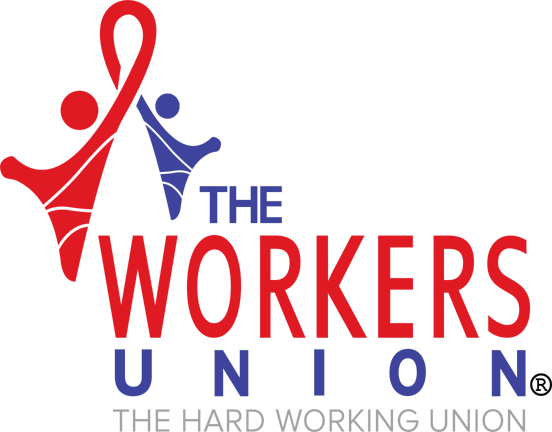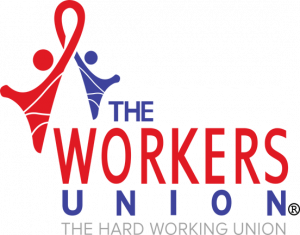The mass redundancies predicted at the end of the furlough scheme have yet to materialise, new figures suggest.
Data provided by the Insolvency Service revealed that the number of jobs earmarked for redundancy in September of this year was close to the lowest on record. The government withdrew furlough payments on the 30th of September.
A total of 204 employers registered plans to make 13,836 jobs redundant – a slight increase on August 2021, but a significant decrease on summer 2020, when over 80,000 redundancies where proposed in September alone.
Companies are required to tell the government about their plans 30 days in advance of the first dismissal, when the number of jobs selected for redundancy exceeds 20 positions, up to a maximum of 99 positions. That number increases to 45 days if 100 or more positions are selected. This means that employers who plan to make less than 20 people redundant do not have to notify the government.
In an interview with the BBC, the director of the Institute of Employment Studies, Tony Wilson, said: ‘With estimates of actual redundancies and of real-time online searches related to redundancy both lower than before the pandemic, it looks like the worst is well and truly behind us now on job losses.’
The Workers Union on Redundancies
A spokesperson for The Workers Union said: ‘Although it’s early days, the figures coming out of the Insolvency Service suggest that we can be cautiously optimistic about the state of the employment market. What’s clear, however, is that the official figures do not capture the situation in its entirety. There are people out there who are working for small businesses – and in some cases much larger enterprises – that are facing pandemic-induced redundancy that just doesn’t show up on government figures.
‘We need to get a much clearer picture of what people are facing across the board before we start letting off fireworks. This will become easier as time goes on and will be especially important in formulating a sensible policy response to redundancies amongst vulnerable groups such as graduates, young people and older workers.’
The Workers Union – fighting for social justice, fighting for you




